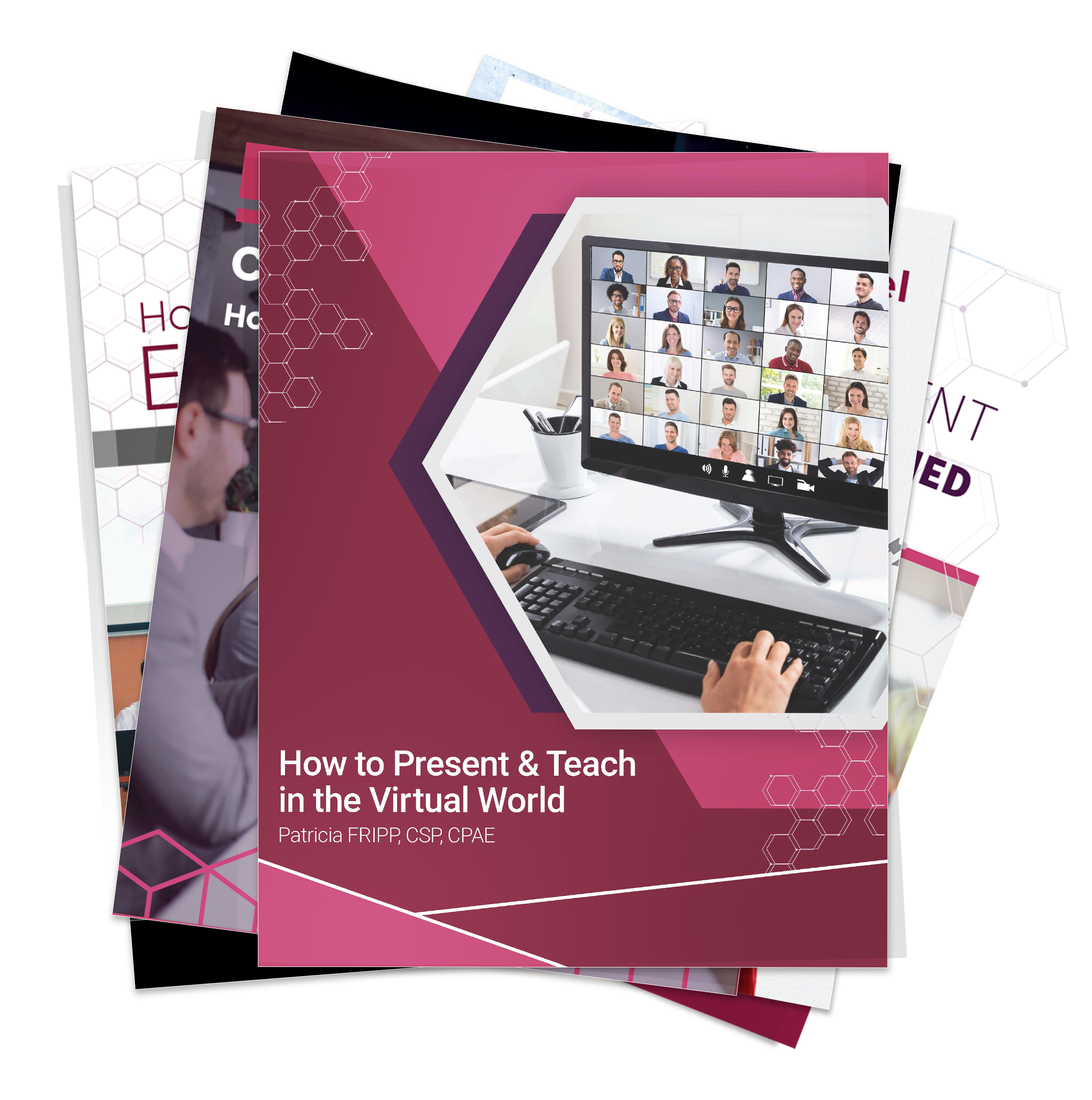How Can a Good Speech Coach Make You a Better Speaker? Watch and see.
Patricia Fripp delivered this session as the third presentation at the District 1 Toastmasters Virtual Spring Conference 2020. Patricia was coaching brave coachee’s. The audience saw how editing, specificity, painting a picture, using shorter sentences, using time as a setup phrase, increasing drama made an incredible difference.
Under the Magnifying Glass in Action: Patricia Fripp’s Virtual Coaching
Patricia Fripp delivered this session as the third presentation at the District 1 Toastmasters Virtual Spring Conference 2020. Patricia was coaching brave coachee’s. The audience saw how editing, specificity, painting a picture, using shorter sentences, using time as a setup phrase, increasing drama made an incredible difference.
Patricia’s online learning platform www.FrippVT.com is the best way to learn presentation skills easily, quickly, conveniently, and cost-effectively.
Read More...
